Power steering pumps are an essential component in modern vehicles, providing drivers with effortless steering control. A malfunctioning power steering pump can lead to various issues, affecting the overall driving experience and, more importantly, compromising road safety. In this blog, we will explore common power steering pump symptoms that every driver should be aware of, as well as the underlying causes behind them. Understanding these symptoms and causes can help car owners take timely action and ensure their vehicles are in optimal condition. Let's delve into the world of power steering pumps and discover how they work, what symptoms to look out for, and how to prevent potential problems.
I. How Power Steering Pumps Work
Before we dive into the symptoms and causes, let's briefly understand the function of a power steering pump. The power steering system assists drivers in turning the wheels by using hydraulic pressure to reduce the effort required. The power steering pump is responsible for creating that hydraulic pressure, which is then transmitted to the steering rack or steering gearbox to aid in the steering process.
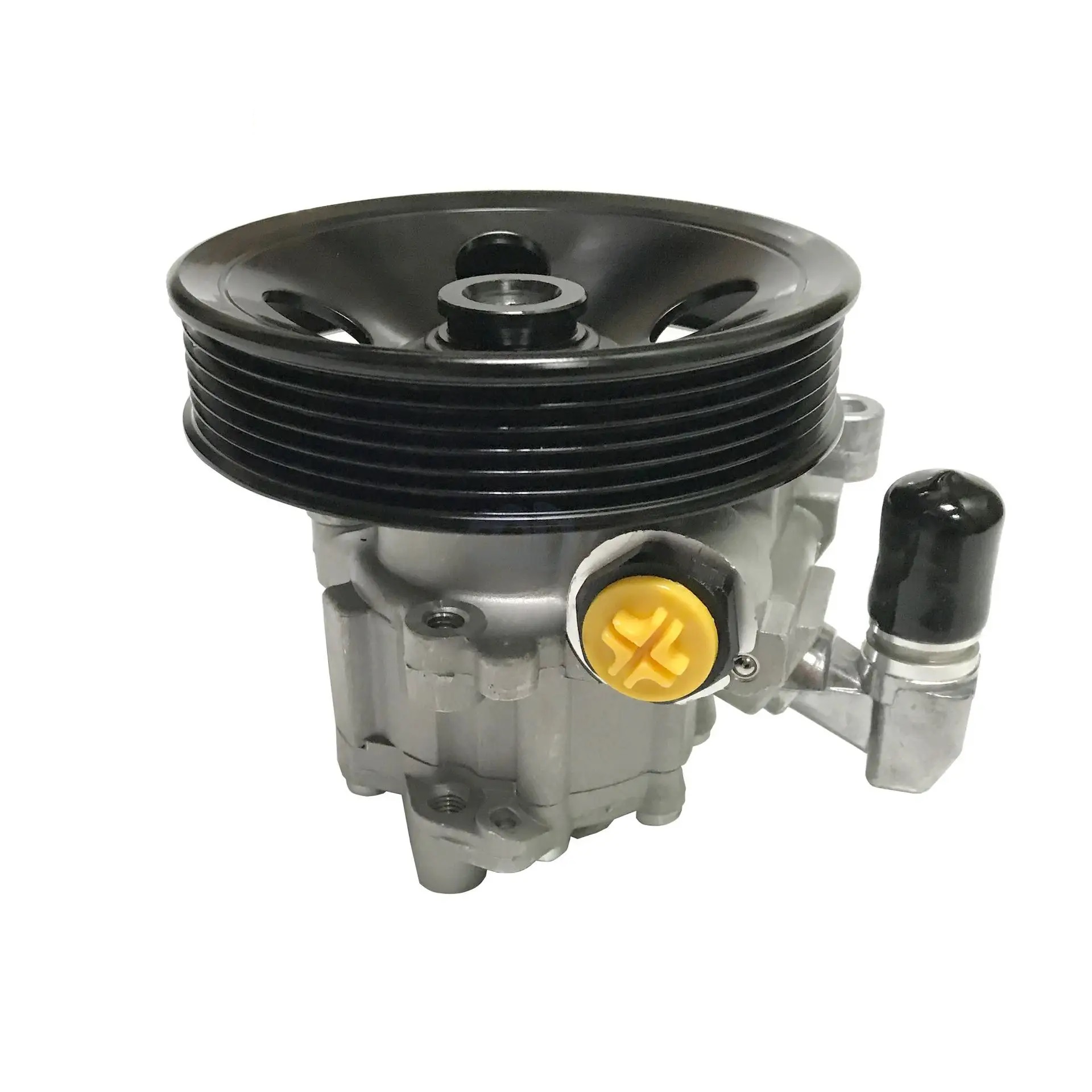
II. Common Power Steering Pump Symptoms
2.1. Steering Wheel Vibrations One of the primary signs of a potential power steering pump issue is steering wheel vibrations. If you notice a vibrating sensation in the steering wheel, especially when turning, it could indicate problems with the pump or the steering rack.
2.2. Whining Noise A whining or groaning noise when you turn the steering wheel can also be a symptom of a faulty power steering pump. The noise may vary in intensity and may be more pronounced during low-speed maneuvers.
2.3. Difficulty in Turning the Wheel If you find it increasingly challenging to turn the steering wheel, particularly at low speeds or when parking, the power steering pump might not be providing the necessary hydraulic assistance.
2.4. Fluid Leaks Power steering fluid leaks are a clear indication of a problem within the power steering system. Puddles or stains of reddish or brownish fluid beneath the vehicle should never be ignored.
2.5. Erratic Steering Response A faulty power steering pump can result in erratic steering response, where the vehicle may veer off slightly or not respond adequately to steering inputs.
2.6. Power Steering Fluid Level Dropping Regularly checking the power steering fluid level is crucial. A sudden drop in fluid level could signal a leak or a pump-related issue.
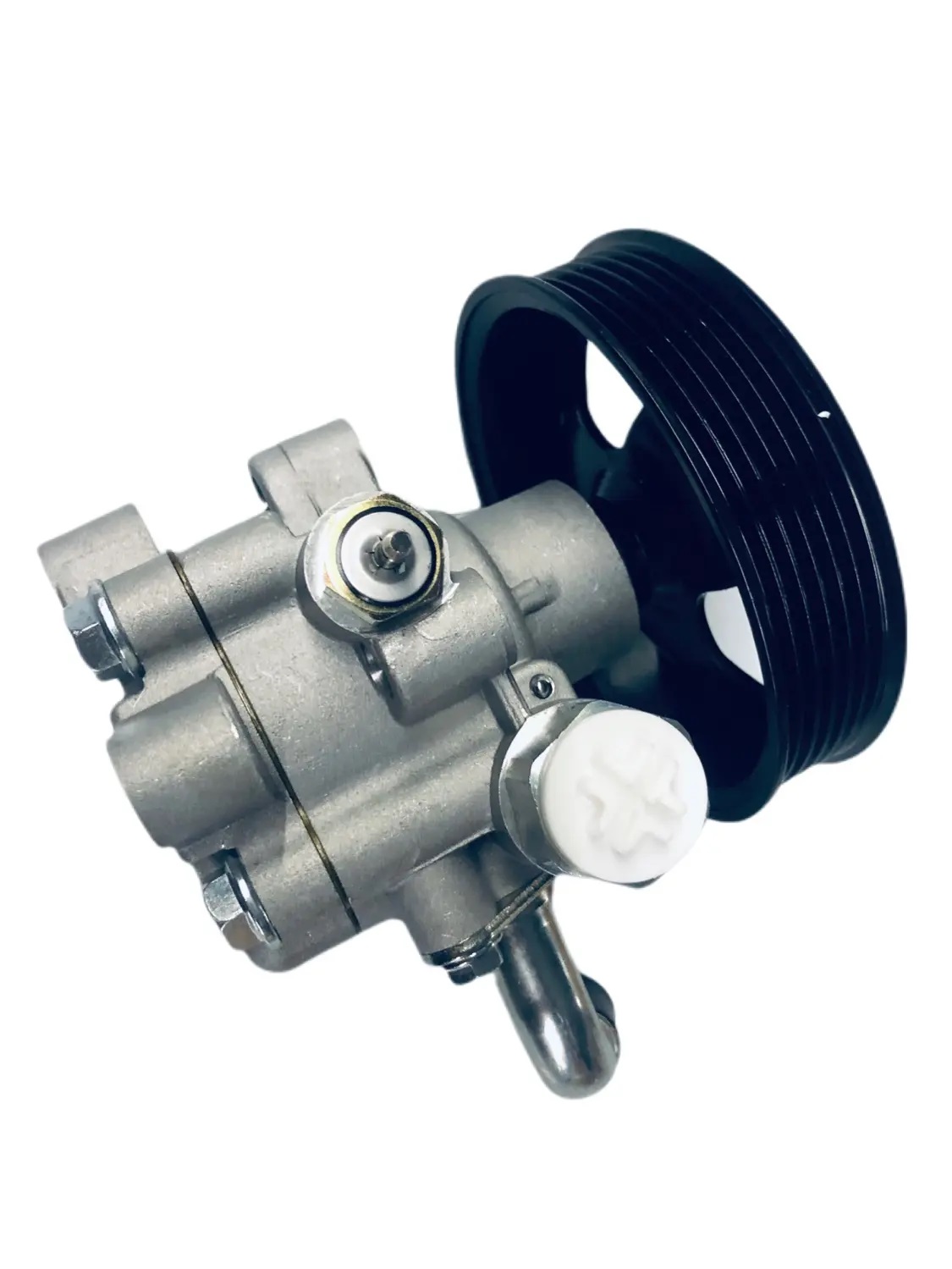
III. What Causes Power Steering Pump Problems?
3.1. Lack of Fluid Maintenance One of the leading causes of power steering pump issues is neglecting power steering fluid maintenance. Over time, the fluid can become contaminated, which can lead to pump wear and tear.
3.2. Overheating Frequent overheating of the power steering pump can cause internal damage and eventually lead to pump failure. Overheating can result from a lack of fluid or a malfunctioning cooling system.
3.3. Belt Problems The power steering pump is usually driven by a belt connected to the engine. If the belt is loose, damaged, or worn out, it can adversely affect the pump's performance.
3.4. Fluid Leaks Power steering fluid leaks can occur due to damaged hoses, seals, or connections. Leaks not only deplete the fluid but also allow contaminants to enter the system, causing further damage.
IV. Preventive Measures
4.1. Regular Maintenance To ensure the longevity and proper functioning of the power steering pump, it's crucial to adhere to the manufacturer's recommended maintenance schedule. This includes regular fluid checks and changes.
4.2. Addressing Leaks Promptly If you notice any power steering fluid leaks, get them repaired promptly to prevent damage to the pump and other components of the steering system.
4.3. Cool Down After Heavy Use After extensive driving, especially in hot weather or under heavy loads, allow the vehicle to cool down before shutting off the engine. This helps prevent pump overheating.
4.4. Proper Belt Tension Regularly inspect and adjust the power steering pump belt tension to ensure it is at the appropriate level for optimal performance.
V. In Conclusion
The power steering pump plays a crucial role in providing drivers with smooth and effortless steering control. Understanding the symptoms and causes of power steering pump problems is essential for every car owner to maintain their vehicle's safety and performance. By promptly addressing any issues and following preventive measures, drivers can ensure their power steering system remains in excellent condition, contributing to a comfortable and safe driving experience.
Whether it's regular fluid maintenance, addressing leaks, or checking belt tension, proactive care will extend the life of the power steering pump and ensure that the steering system operates smoothly for many miles to come. If you ever encounter any of the mentioned symptoms, don't hesitate to consult a professional mechanic or contact a reputable steering pump supplier for assistance. Proper care and timely intervention will keep your power steering pump running smoothly and keep you safely on the road.
The Previous Articles:
What Is Rack and Pinion Bushing? How To Tell If Rack and Pinion Bushings Are Bad?
Why Steering Rack Makes Noise When Turning?
How To Rebuild A Steering Rack?
What Is A Rotary Valve Power Steering Rack?
Rack And Pinion System Vs Power Steering System: What Are The Differences?
Power Steering Rack Market Analysis Report (Japan Market)
What Causes Steering Rack to Go Bad?
Design Of Car Rack And Pinion Steering Racks
What Is The Intelligent Steering Rack Used By VW, Toyota, Honda And Renault?
Understanding Steering Angle Sensors: A Detailed Overview
Demystifying Power Steering Fluid: Understanding Its Role in Steering Systems
What is steering rack repair kit?
What is power steering reservoirs?
Understanding the Severity of Rack and Pinion Leaks in Your Vehicle
How to Find a Reliable Supplier of Steering Rack in China? Why You Should Choose Us?
What Is a Steering Rack Belt: Exploring the Role of Electric Steering Rack Belts
What Causes Drive Shaft Failure?
Steering Rack: When Should You Replace It?
Is Steering Rack Expensive to Fix? Exploring Steering Rack Repair and Costs
Demystifying the Difference Between Steering Rack and Steering Column

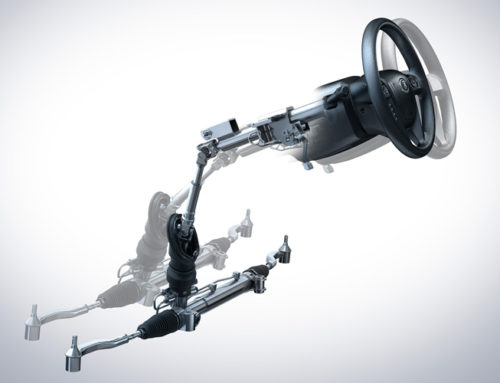
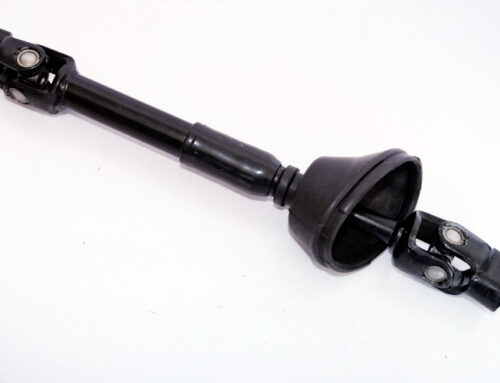
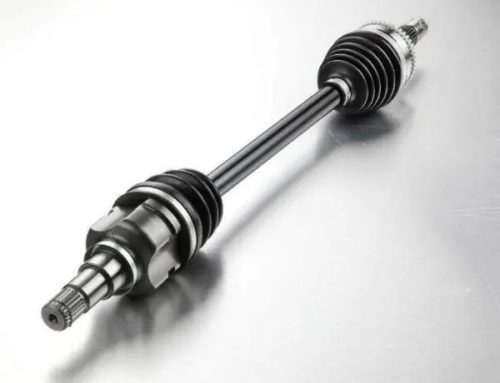
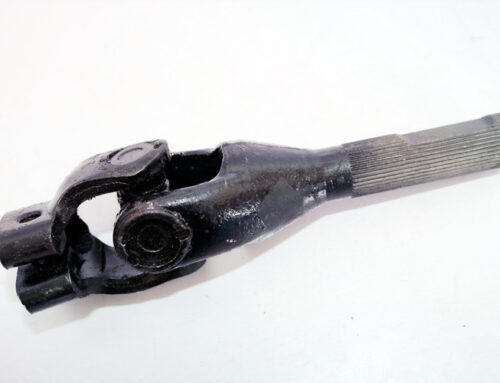

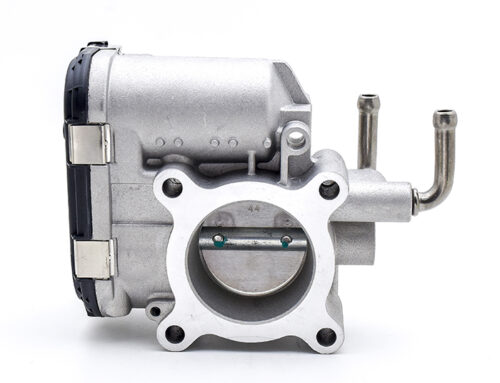
This is really interesting, You’re an excessively professional blogger. I’ve joined your feed and look forward to in quest of extra of your magnificent post. Also, I’ve shared your website in my social networks!
I am thankful that I observed this site, precisely the right information that I was looking for! .